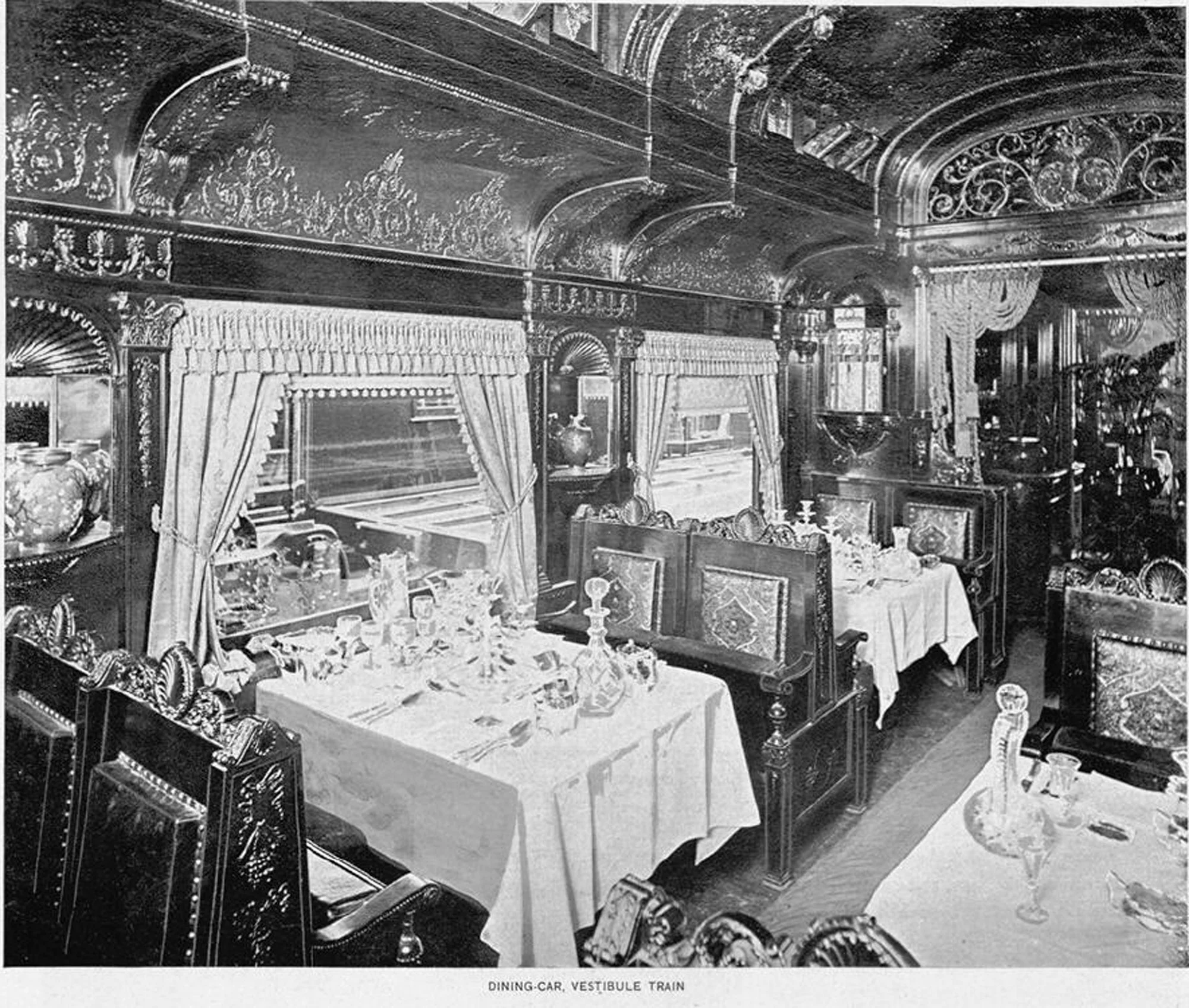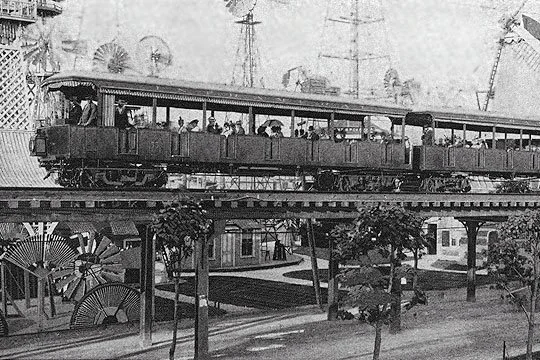

Tribes
1 Cherokee
2. creek
3. Chickasaw
4. Choctaw
5. Seminole

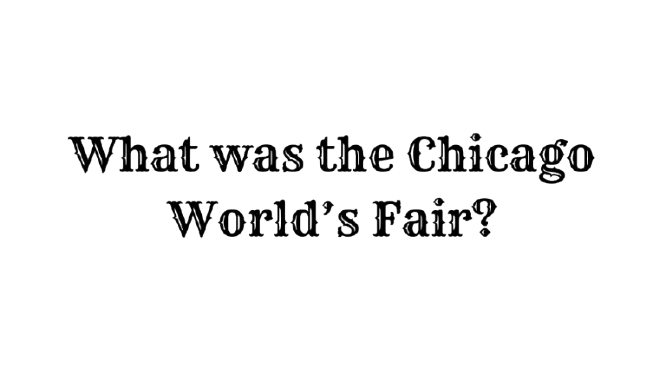

The Chicago World’s Fair (also known as the 1893 World's Columbian Exposition) was a fair held in Chicago from May to October 1893.
It was made to not only commemorate the 400th anniversary of Christopher Columbus’ arrival but also to “show off” the U.S to the world. It showed the world that the U.S had reached the same level of cultural and intellectual sophistication as Europe and the rest of the world. It displayed brand new, cutting-edge inventions such as the electric light bulb, Ferris Wheel, and many other innovations.
Chicago was the railroad hub of America. Companies like the Pennsylvania Railroad and B&O (Baltimore and Ohio) Railroad had impressive displays of American industrial might, making them a core part of the fair.

The advent of railroads and rail cars revolutionized America’s transportation system. The modern railroad came to the United States in the late 1830s, allowing for the rapid transportation of goods and people. While not the work of a single inventor, George Stephenson is widely credited as the driving force behind modern rail transportation due to his company’s development of Locomotion No. 1, the first steam locomotive to carry passengers on a public rail line.
The Pullman car, built and operated by the Pullman Company (founded by George Pullman), further transformed long-distance passenger travel by offering comfort and privacy through features such as fold-down beds, polished wood interiors, and attentive service from porters. While it changed the passenger railway experience, these cars were staffed by overworked and underpaid African American porters, who would later help inspire the civil rights movement.


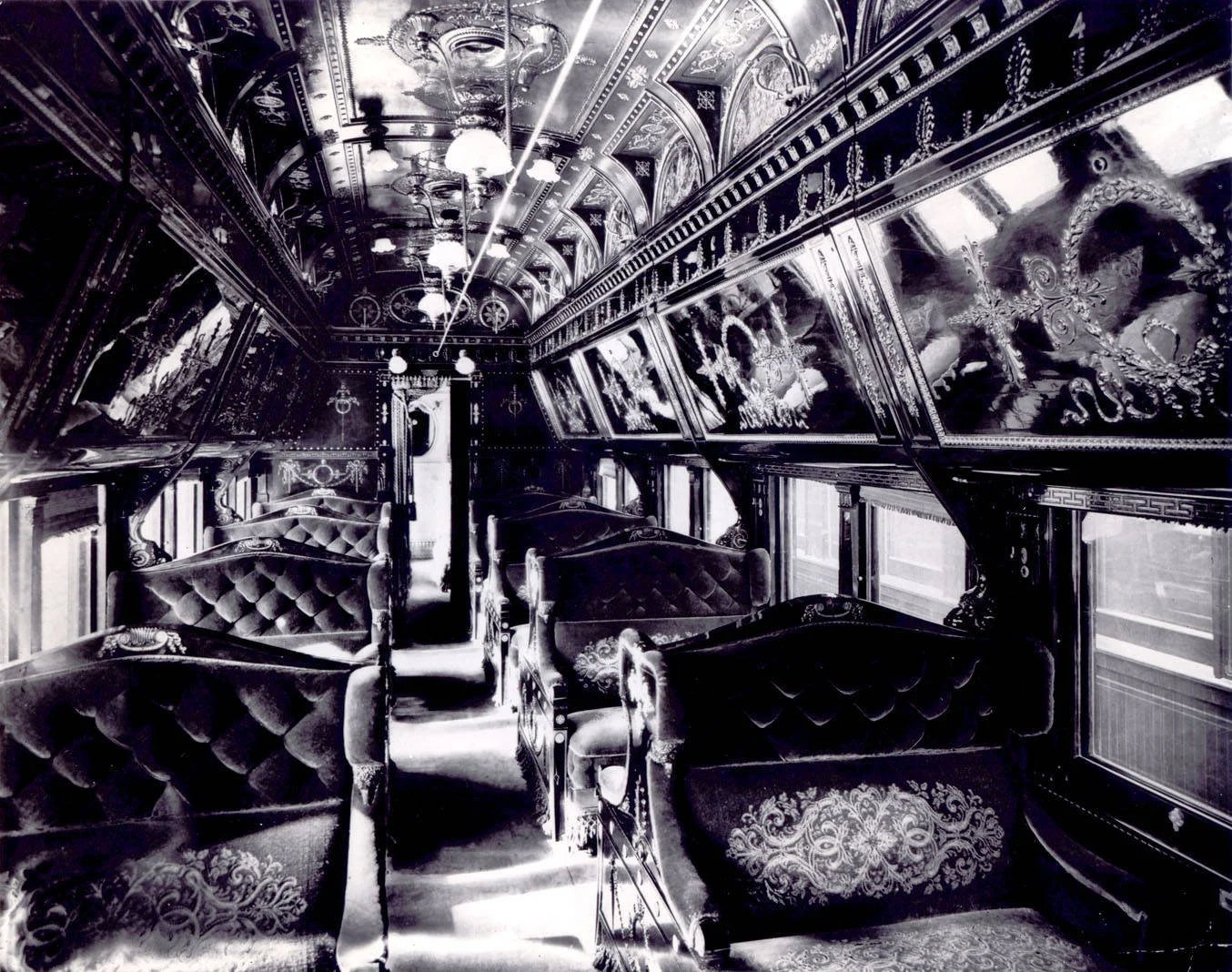
The transcontinental railroad was the first rail line to connect the East and West United States, drastically reducing travel time. It was built by three companies: Western Pacific Railroad, Central Pacific Railroad, and Union Pacific Railroad, though the majority was built by the latter two. Starting in 1863 and ending in 1869, the railroad was built eastward from Sacramento, California, and westward from Omaha, Nebraska.
Previously, travel from the eastern to western United States (or vice versa) could take many weeks, but the transcontinental railroad drastically reduced this time. The same trip could now take 7–10 days.
The building of this railroad had some costs. It displaced many Native American tribes, and the immigrants who built the rail lines faced brutal working conditions. Despite these setbacks, its completion was an overall technological triumph that brought significant progress to the United States.

Tribes

1 Cherokee
2. creek
3. Chickasaw
4. Choctaw
5. Seminole
The Pullman Strike was a nationwide labor strike that shaped U.S. wage policies. Due to the Panic of 1893, George Pullman laid off some workers and cut wages but didn’t lower rent or prices in the company town in which his employees lived. The images on the right depict the strike
His employees responded by going on strike. Supported by the American Railway Union (ARU) and its leader, Eugene V. Debs, the strike spread nationwide after the ARU called for a massive boycott of any trains carrying a Pullman car. At its peak, it involved around 250,000 workers in 27 states. It immediately halted railway traffic and mail delivery.
Eventually, the federal government under President Grover Cleveland intervened. When ordered to stop, the ARU, Debs, and the strikers refused, prompting Cleveland to send the army to end the strike. Violence broke out, leading to the strike’s collapse and Debs’s arrest.

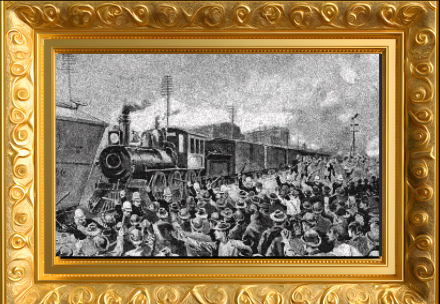
Fun fact: Shortly after the Pullman strike, Labor Day was made into a federal holiday to recognize the labor movements and other contributions laborers have made to the U.S

The exhibition, which took place in the pavilion building and on the surrounding grounds, provided visitors with tangible relics, old locomotives and passenger cars, model stations and equipment, maps, mementos, and photographic views related to the company's history and services.
Featured two complete, polished exhibition trains of excellent workmanship.
